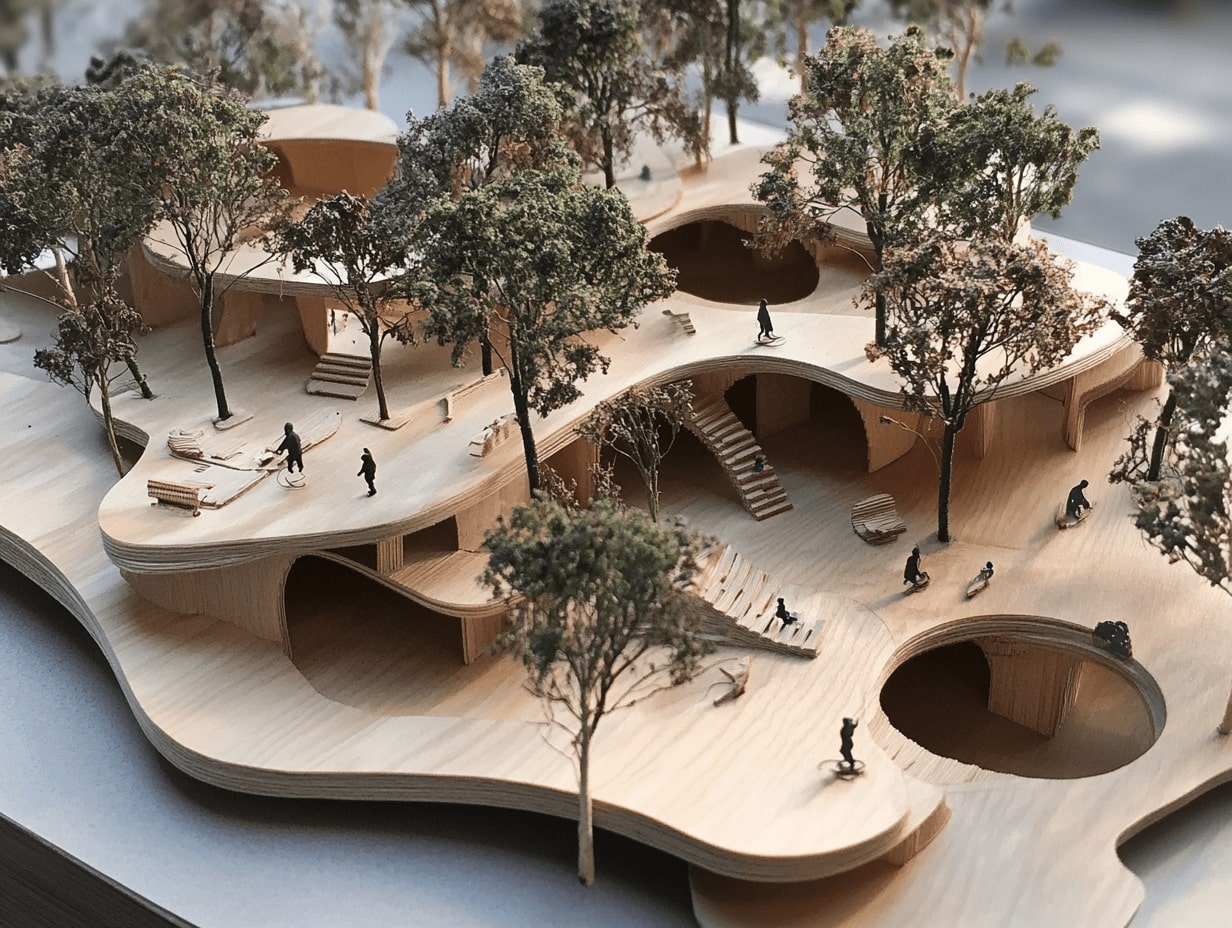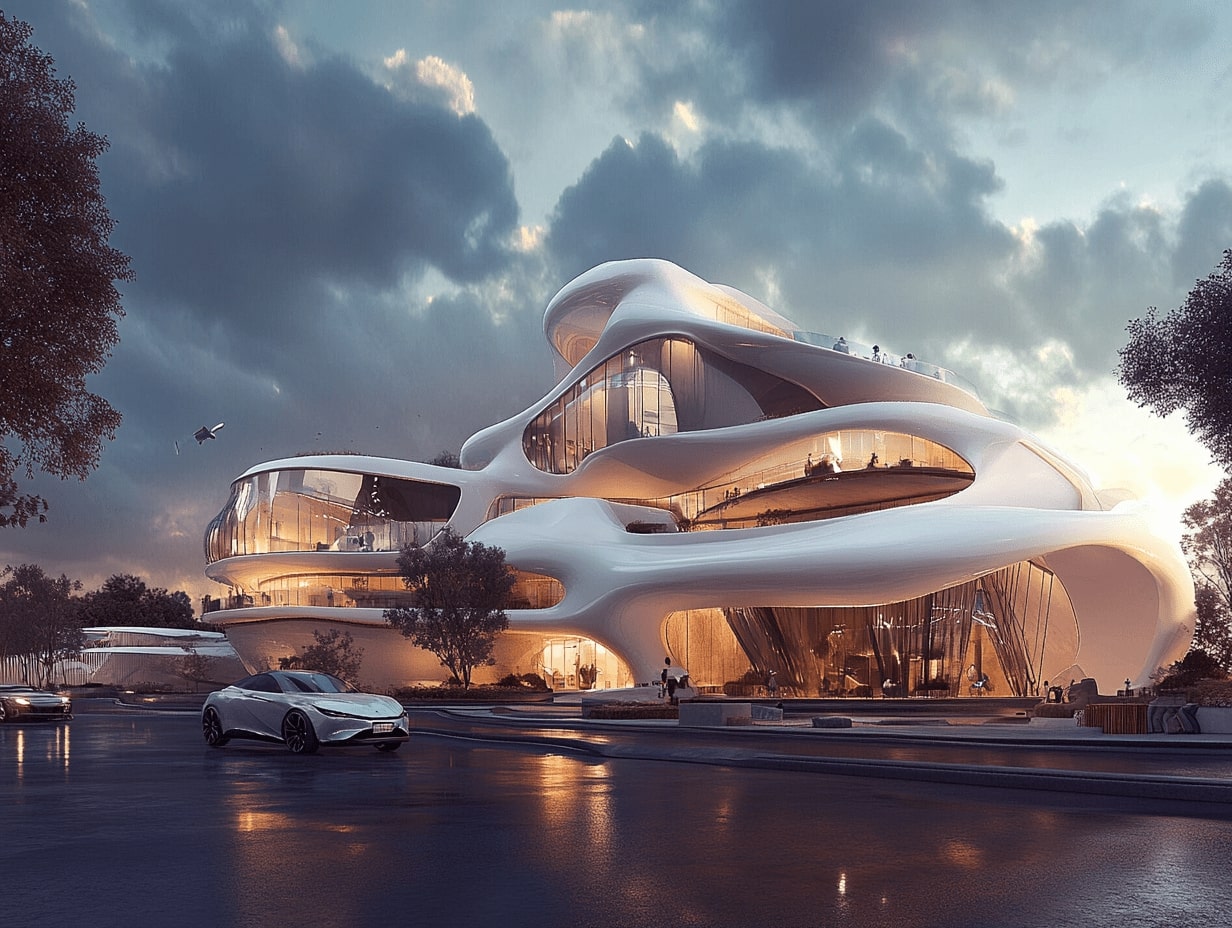- Home
- Articles
- Architectural Portfolio
- Architectral Presentation
- Inspirational Stories
- Architecture News
- Visualization
- BIM Industry
- Facade Design
- Parametric Design
- Career
- Landscape Architecture
- Construction
- Artificial Intelligence
- Sketching
- Design Softwares
- Diagrams
- Writing
- Architectural Tips
- Sustainability
- Courses
- Concept
- Technology
- History & Heritage
- Future of Architecture
- Guides & How-To
- Art & Culture
- Projects
- Interior Design
- Competitions
- Jobs
- Store
- Tools
- More
- Home
- Articles
- Architectural Portfolio
- Architectral Presentation
- Inspirational Stories
- Architecture News
- Visualization
- BIM Industry
- Facade Design
- Parametric Design
- Career
- Landscape Architecture
- Construction
- Artificial Intelligence
- Sketching
- Design Softwares
- Diagrams
- Writing
- Architectural Tips
- Sustainability
- Courses
- Concept
- Technology
- History & Heritage
- Future of Architecture
- Guides & How-To
- Art & Culture
- Projects
- Interior Design
- Competitions
- Jobs
- Store
- Tools
- More
Building with Purpose: Creating Meaningful Spaces for Community and Sustainability
Explore the transformative power of purposeful building in our fast-paced world. This article delves into intentional design principles that prioritize sustainability and community engagement, showcasing successful case studies like New York's High Line. Discover how adaptive reuse and innovative technologies are shaping resilient spaces that foster connections.

In today’s fast-paced world, building with purpose has never been more crucial. It’s not just about constructing structures; it’s about creating spaces that inspire, connect, and serve communities. We’re all seeking ways to make our mark, and purposeful building allows us to do just that, transforming our environment into something meaningful.
As we explore the principles of purposeful construction, we’ll uncover how intentional design can enhance functionality while fostering sustainability. By focusing on the “why” behind our projects, we can create lasting impacts that resonate far beyond the walls we build. Join us as we delve into the art of building with purpose and discover how it can shape our future.

Table of Contents
ToggleUnderstanding Building With Purpose
Building with purpose involves intentionality in design and construction, focusing on creating spaces that meet community needs and foster connections. This approach enhances the significance of every project, ensuring it resonates with its inhabitants.

Definition of Building With Purpose
Building with purpose refers to the design and construction processes that prioritize function, sustainability, and community engagement. Purposeful building emphasizes understanding the needs and values of users, integrating these elements into every phase of development. This practice leads to spaces that promote well-being, sustainability, and social interactions while addressing specific challenges faced by communities.
Importance in Modern Architecture
The significance of purposeful building in modern architecture cannot be overstated. It promotes environmentally sensitive design that reduces waste and energy consumption. Purpose-driven projects respond to social issues, such as affordable housing and public spaces, fostering inclusivity. They also enhance user experience, ensuring structures serve their intended functions efficiently. By considering the long-term impacts, purposeful building cultivates resilience within communities, making them adaptable to future changes.
Key Principles of Building With Purpose
We understand that building with purpose focuses on creating meaningful spaces that resonate with communities. This involves several key principles, including sustainability and community engagement.

Sustainability
Sustainability serves as a cornerstone in purposeful building. We prioritize using eco-friendly materials that minimize environmental impact. By implementing energy-efficient systems, such as solar panels and green roofs, we reduce long-term energy consumption. Additionally, we advocate for water conservation through rain gardens and low-flow fixtures, contributing to resource preservation. Incorporating local materials supports regional economies and reduces transportation emissions, making projects more sustainable.
| Sustainability Factor | Benefits |
|---|---|
| Eco-Friendly Materials | Reduces ecological footprint |
| Energy-Efficient Systems | Lowers operational costs |
| Water Conservation Techniques | Preserves water resources |
| Local Material Utilization | Supports the local economy |
Community Engagement
Community engagement is vital for building spaces that truly reflect local needs. We actively involve community members in the design process, ensuring their input shapes project outcomes. Hosting workshops and feedback sessions allows us to gather diverse perspectives, fostering a sense of ownership. By collaborating with local organizations, we address specific challenges, such as affordable housing and accessible public spaces. This inclusive approach strengthens social connections and enhances the overall user experience.
| Community Engagement Strategy | Impact |
|---|---|
| Design Workshops | Fosters collaboration and creativity |
| Feedback Sessions | Gathers insights and builds trust |
| Partnerships with Local Organizations | Addresses specific local needs |
| Inclusive Design | Enhances accessibility and usability |
Case Studies in Building With Purpose
We explore successful projects that exemplify building with purpose, showcasing how intentional design creates meaningful impacts. These case studies highlight lessons learned through real-world applications.

Successful Projects
- The High Line in New York City
The High Line transformed an abandoned railway into an elevated public park. This project not only revitalized the area but also fostered community engagement. The park offers green space, promotes biodiversity, and enhances local businesses.
- Kendeda Building for Innovative Sustainable Design
Located at Georgia Tech, the Kendeda Building serves as an educational hub focused on sustainability. This net-positive energy building utilizes solar panels, rainwater collection, and sustainable materials, demonstrating the feasibility of environmental design.
- Boulder’s Affordable Housing Initiative
Boulder introduced a series of affordable housing projects aimed at addressing local needs. Through community collaboration, these projects focus on energy efficiency and inclusivity, ensuring that housing remains accessible to all demographic groups.
Lessons Learned
- Community Involvement
Engaging community members throughout the design phase strengthens project relevance. Successful projects often collect feedback through surveys and workshops, ensuring that final designs meet specific community needs.
- Sustainability as a Core Principle
Integrating sustainable practices from the outset proves essential. Projects that emphasize eco-friendly materials and energy-efficient systems often experience lower operational costs and a reduced environmental impact.
- Adaptive Reuse
Many successful initiatives highlight the benefits of adaptive reuse. Reimagining existing structures not only preserves history but also minimizes waste and construction costs.
- Long-Term Vision
Projects with clear, long-term goals achieve greater success. Focusing on how spaces will adapt to future community needs fosters resilience and sustainability.
Challenges in Implementing Purposeful Building
Implementing purposeful building presents several challenges that require attention. We’ve identified key obstacles, including financial constraints and regulatory hurdles, which can hinder progress.

Financial Constraints
Financial constraints significantly impact the scope of purposeful building projects. Many organizations face budget limitations that restrict their ability to incorporate sustainable materials and innovative design practices. Costs associated with planning, materials, and skilled labor can escalate quickly. For instance, integrating green technologies—like solar panels or energy-efficient systems—often comes with higher upfront costs. While these investments yield long-term savings and environmental benefits, budget limitations can delay or deter implementation. We must seek alternative funding sources, such as grants, public-private partnerships, or community crowdfunding, to address these financial challenges effectively.
Regulatory Hurdles
Regulatory hurdles complicate the execution of purposeful building projects. Local codes, zoning laws, and permitting processes can create roadblocks that delay construction timelines. Compliance with these regulations often requires extensive documentation, which demands time and resources. Additionally, navigating these bureaucratic requirements can lead to project scope changes, pushing teams to adapt their designs to meet regulatory standards. Engaging early with local authorities and involving legal experts in the planning stages can mitigate these hurdles. We’ll strive to foster collaboration with regulators to ensure that our goals align with community needs and standards while expediting the approval process.
Future of Building With Purpose
Building with purpose evolves continuously, shaped by emerging trends and technological advancements. This evolution ensures our communities thrive in an ever-changing environment.

Emerging Trends
We observe several emerging trends in purposeful building. One significant trend is the focus on biophilic design, which integrates natural elements into urban spaces, fostering a healthier environment. Mixed-use developments gain popularity, creating spaces where residential, commercial, and recreational areas coexist, promoting community interaction. Another trend is modular construction, allowing for quicker build times and reduced waste, aligning with sustainability goals. Furthermore, inclusive design principles are gaining traction, ensuring accessibility and usability for everyone, regardless of ability. These trends not only enhance functionality but also nurture community well-being.
Technological Advancements
Technological advancements play a crucial role in the future of purposeful building. Building Information Modeling (BIM) enables detailed project visualization, improving efficiency and collaboration among stakeholders. Sustainable building technologies, such as energy-efficient HVAC systems and smart grids, increase energy conservation while reducing operational costs. Additionally, the integration of renewable energy sources, like solar panels, reinforces our commitment to sustainability. Drones and 3D printing are revolutionizing construction methodologies, streamlining processes and minimizing material waste. By embracing these advancements, we enhance our ability to create meaningful, adaptive spaces that mirror the needs of communities now and in the future.
Conclusion
Building with purpose transforms how we approach construction and design. We emphasize creating spaces that foster community connections, prioritize sustainability, and adapt to future needs. By embracing intentional design, we ensure that our projects reflect the demands of users while benefiting the environment.
Our commitment to sustainability drives us to utilize eco-friendly materials and innovative energy-efficient systems. We recognize that reducing ecological impact not only conserves resources but also minimizes operational costs. Alongside this, we engage communities through transparent collaboration, integrating feedback into our design processes. This involvement enhances user experience and strengthens social ties.
Successful case studies illustrate the impact of purposeful building. Transformational projects like the High Line and Kendeda Building show how adaptive reuse and sustainability principles can redefine urban spaces. Such examples highlight the vital role local collaboration plays in addressing specific community challenges.
Challenges to purposeful building exist, including financial constraints and regulatory hurdles. We advocate for exploring alternative funding sources, such as grants, and suggest early engagement with local authorities to navigate regulations efficiently. These strategies facilitate the successful realization of our projects.
Looking ahead, we align with emerging trends like biophilic design and modular construction, which reshape urban environments. Adopting technological advancements, such as Building Information Modeling (BIM) and sustainable technologies, positions us to deliver innovative solutions that meet evolving community needs.
By prioritizing purposeful building, we contribute to lasting impacts that shape a resilient and adaptive future for our communities.
- community sustainability projects
- community-based construction projects.
- community-centric development
- community-focused spaces
- community-oriented architecture
- eco-conscious building design
- Eco-Friendly Construction
- eco-friendly infrastructure
- environmentally conscious construction
- environmentally sustainable buildings
- green building design
- green building solutions
- green construction companies
- innovative community spaces
- meaningful space creation
- Sustainable architecture firms
- sustainable architecture solutions
- sustainable building
- sustainable community development
- sustainable design practices
- sustainable living environments
- sustainable urban planning
Submit your architectural projects
Follow these steps for submission your project. Submission FormLatest Posts
Architectural Concept Ideas: Inspiring Designs for Functionality, Aesthetics, and Sustainability
Discover the essence of architectural concepts and their role in shaping innovative,...
How to Find Architectural Ideas: Creative Tips and Inspiration for Unique Designs
Discover practical strategies to find architectural inspiration from nature, history, art, and...
Architectural Design Development: Key Stages, Tools, Challenges, and Future Trends
Explore the transformative process of architectural design development, where creativity meets precision....
Architecture Concept Models: Importance, Benefits, Types, and Tools for Better Design
Explore the pivotal role of architecture concept models in transforming abstract ideas...












Leave a comment